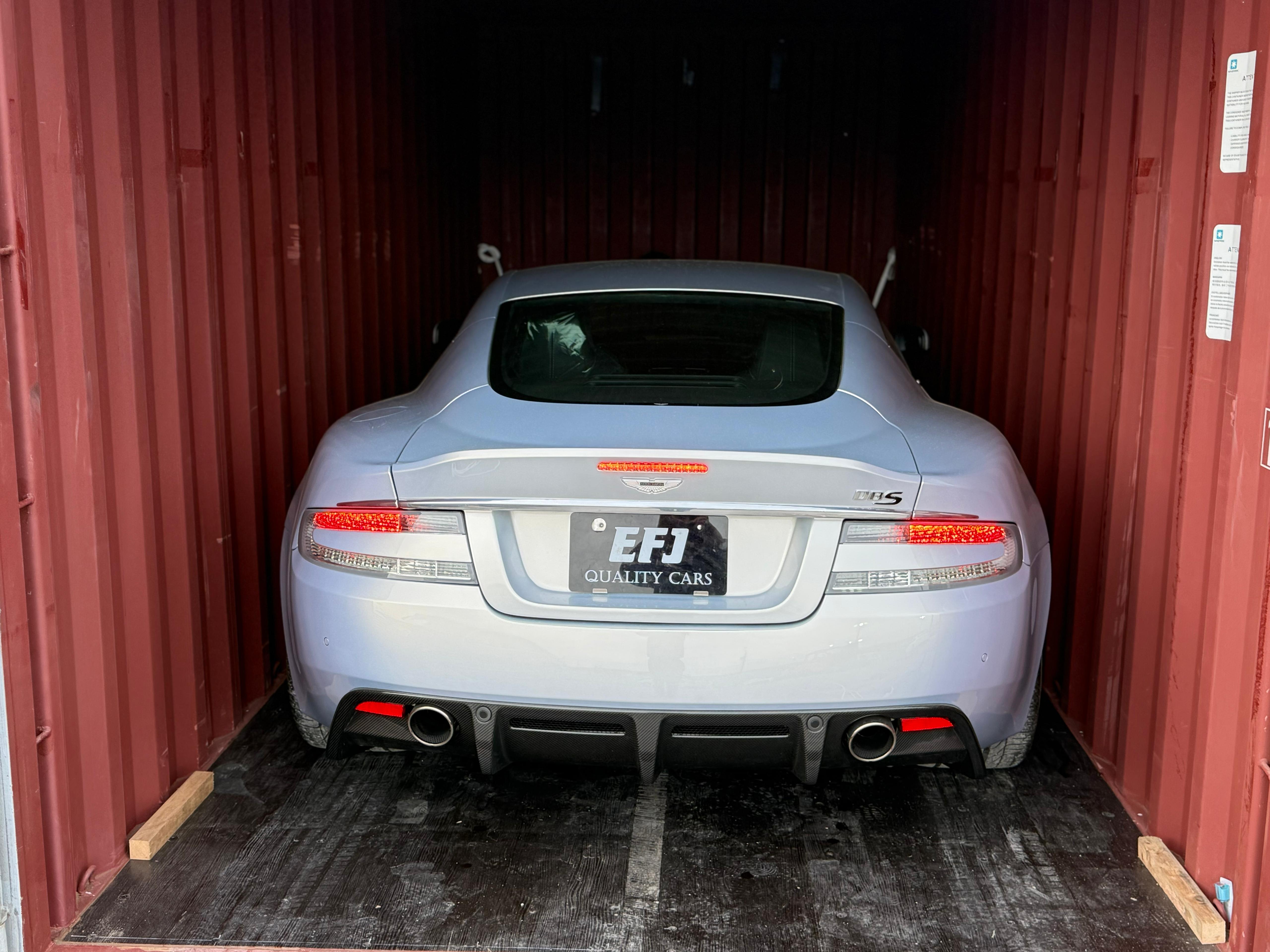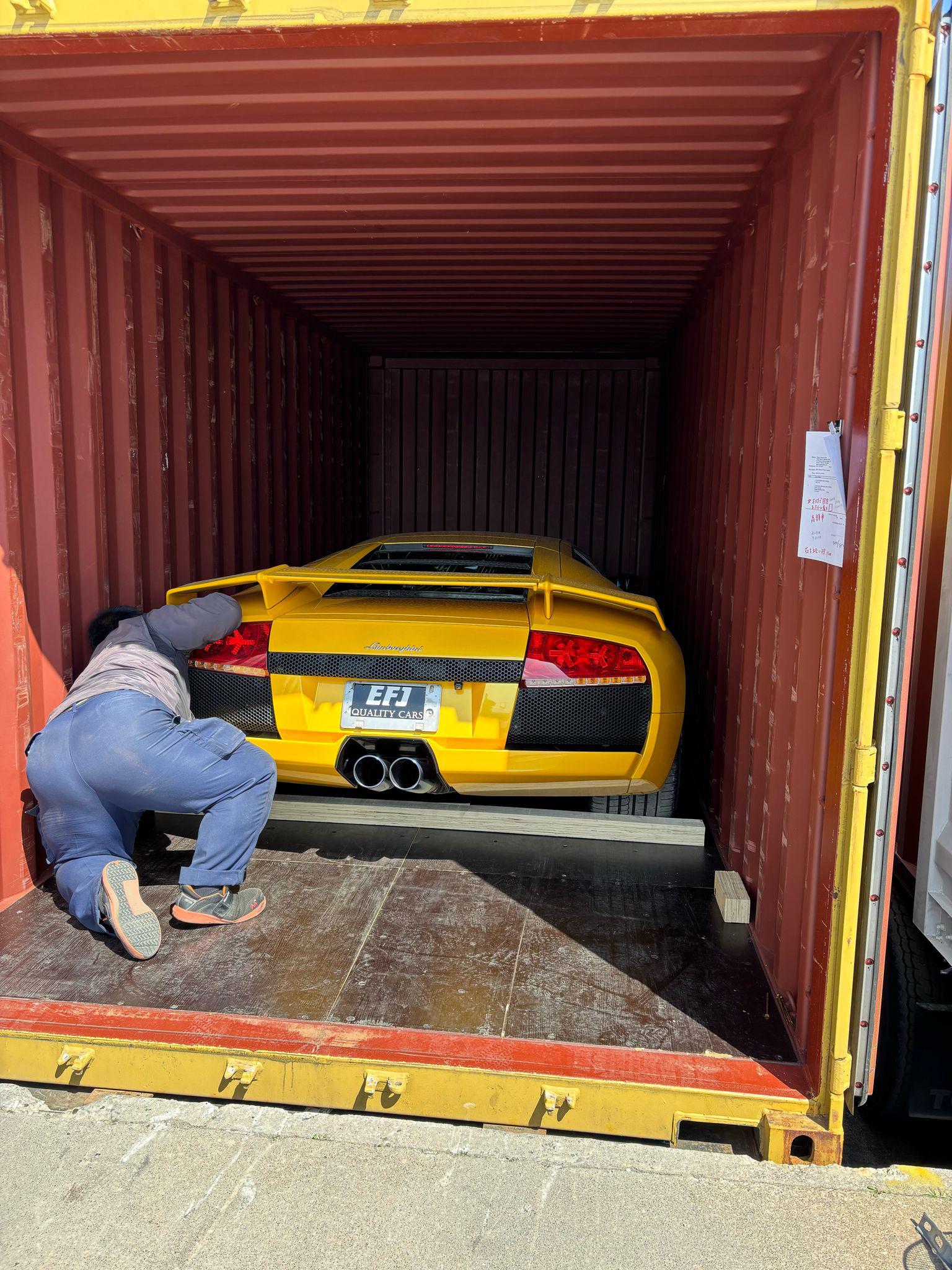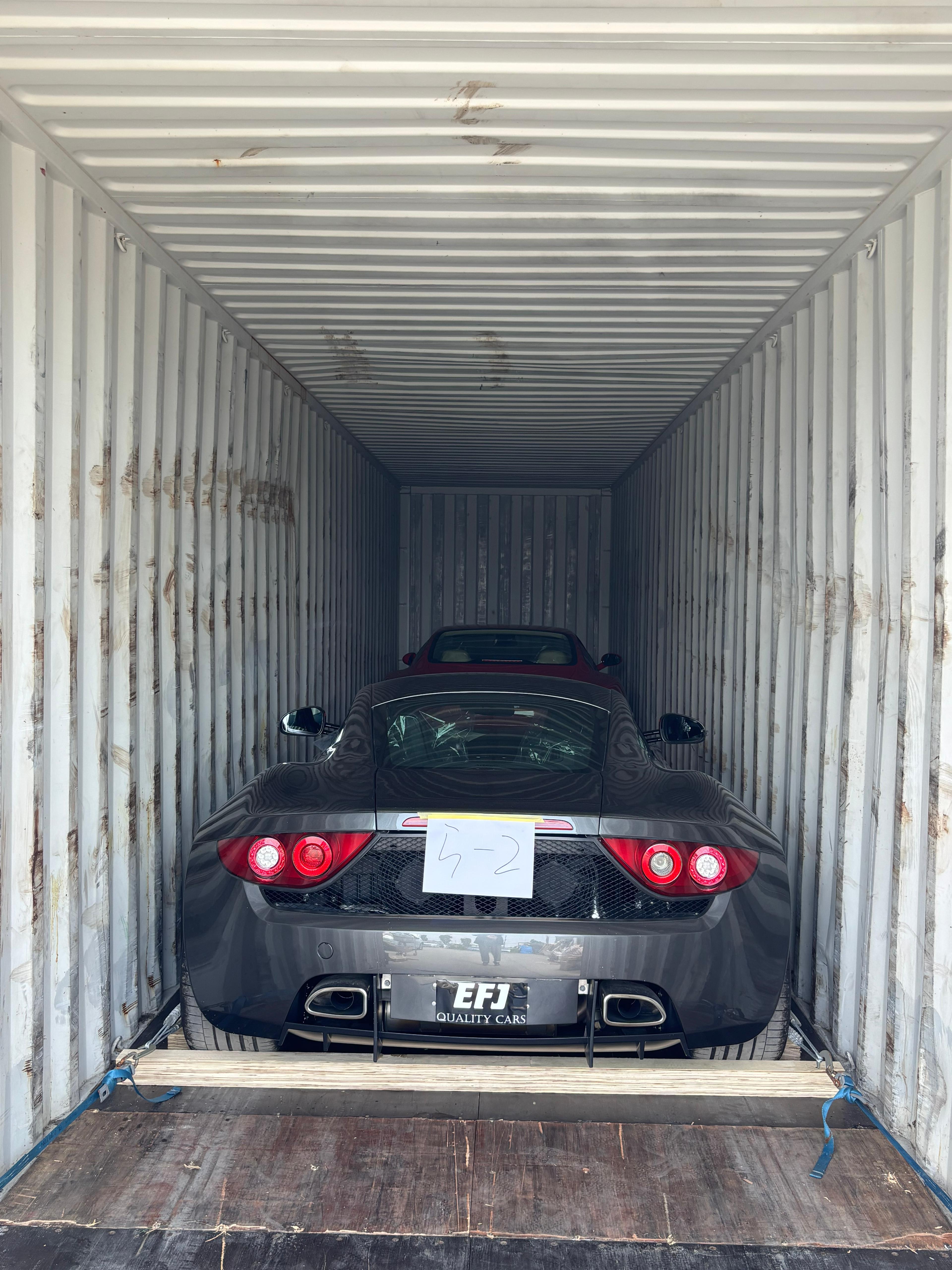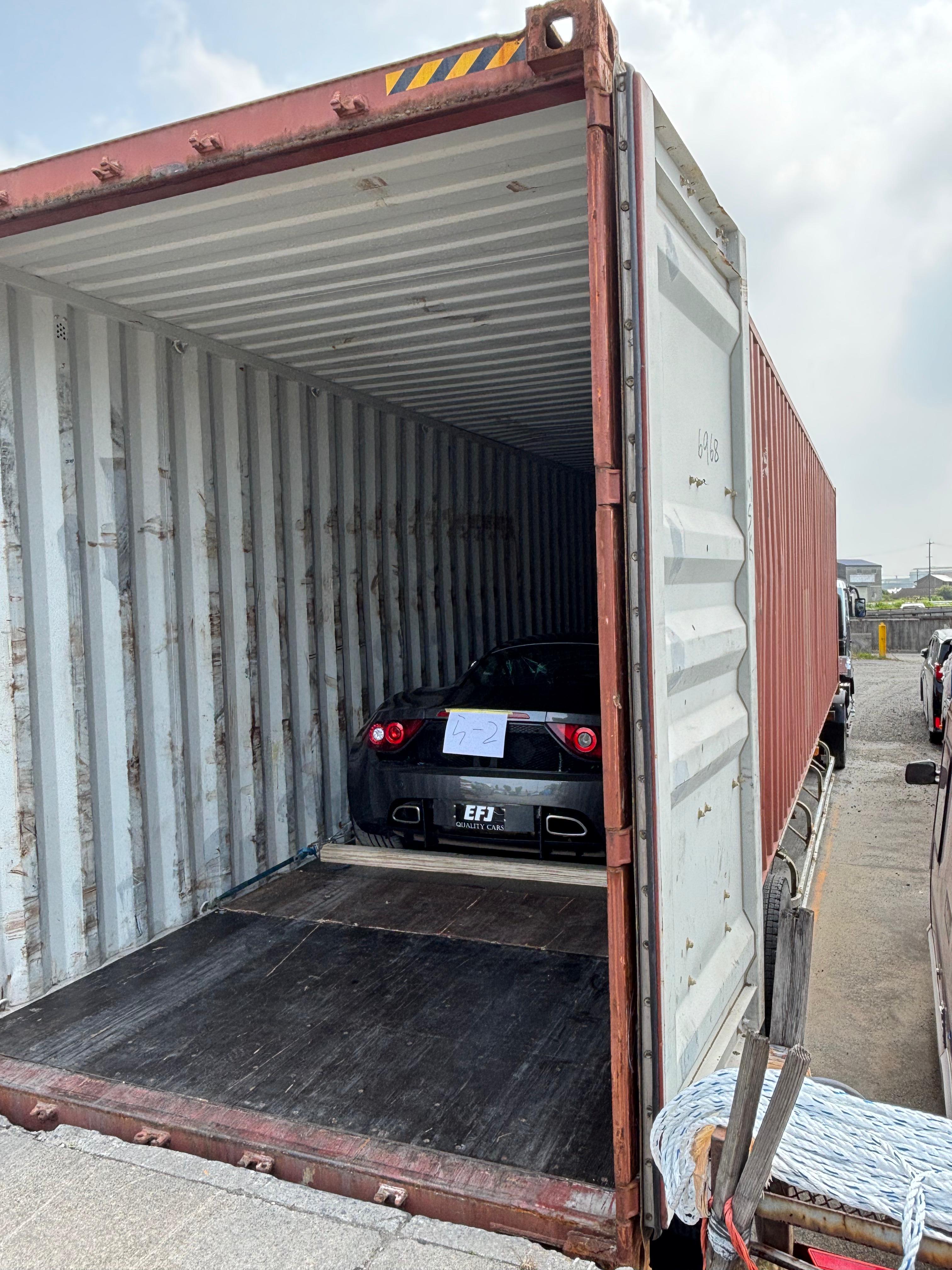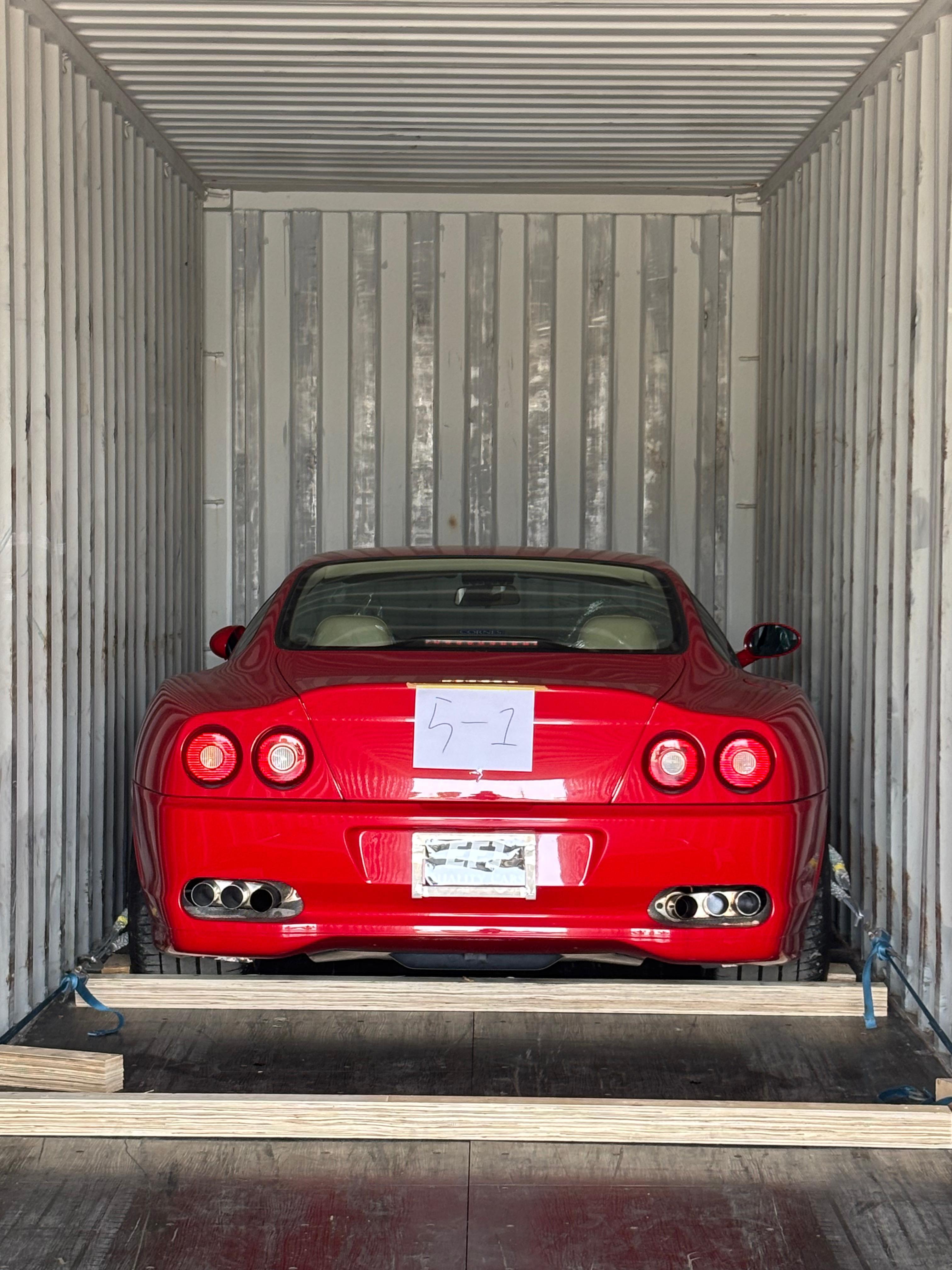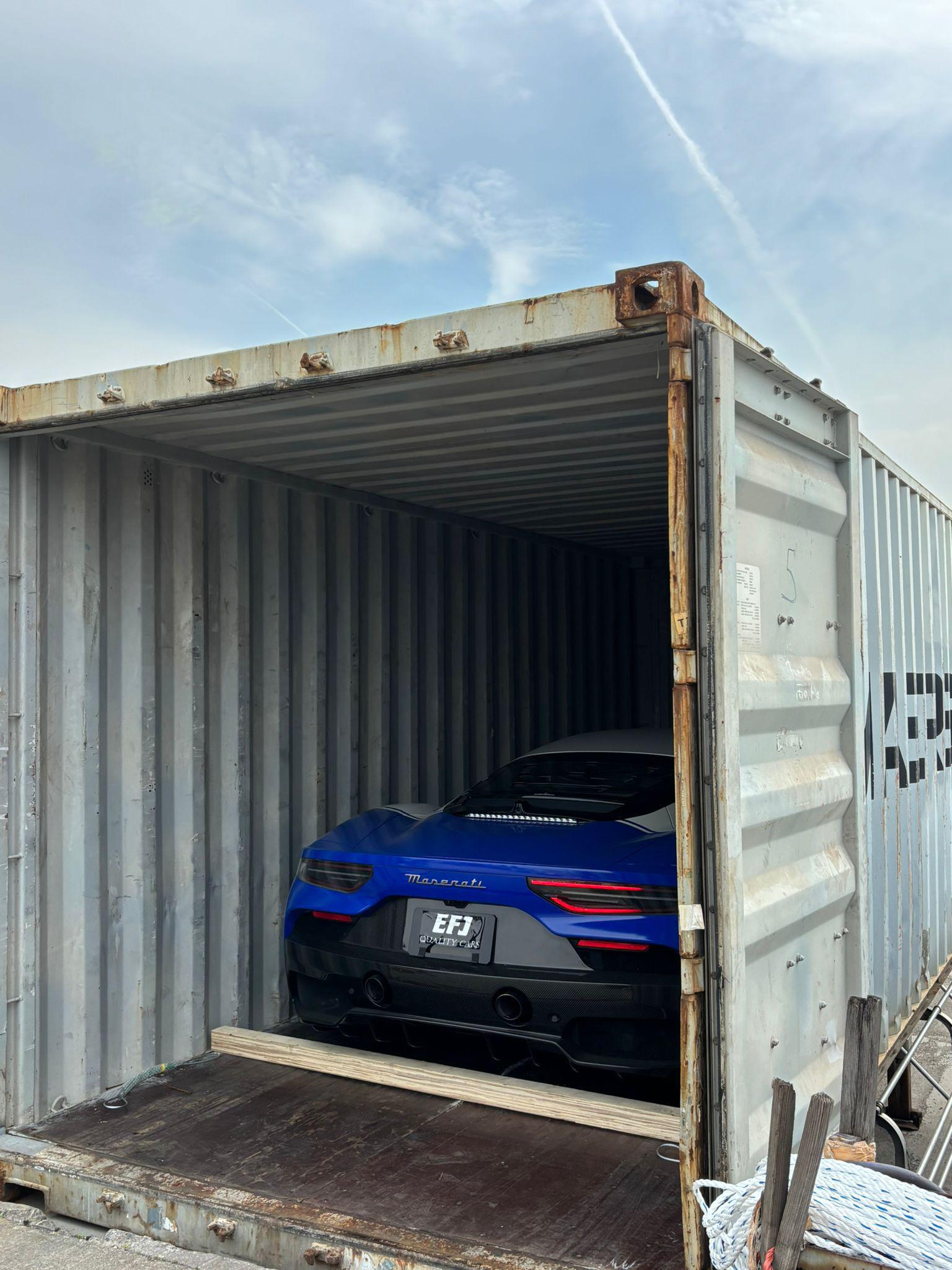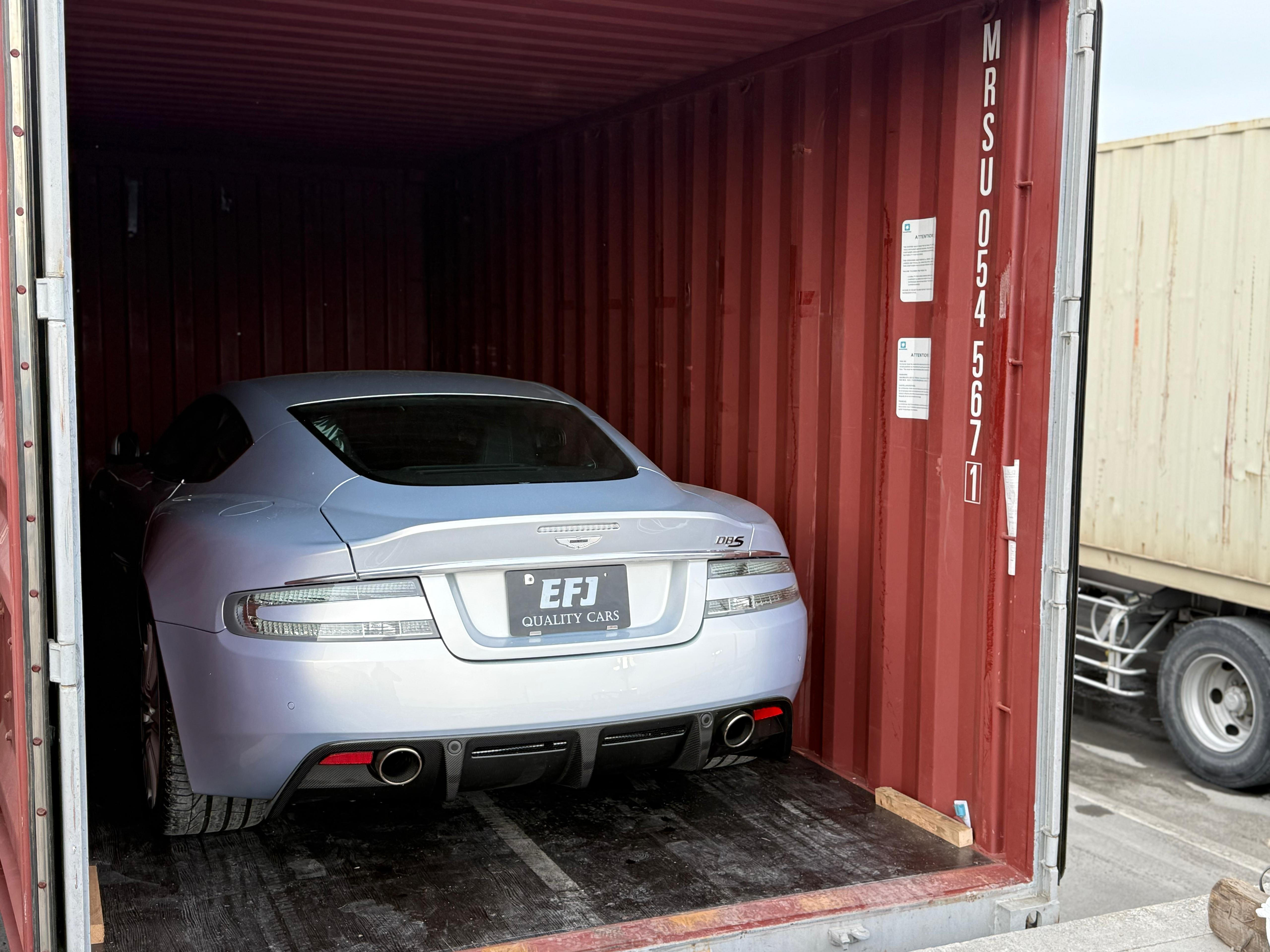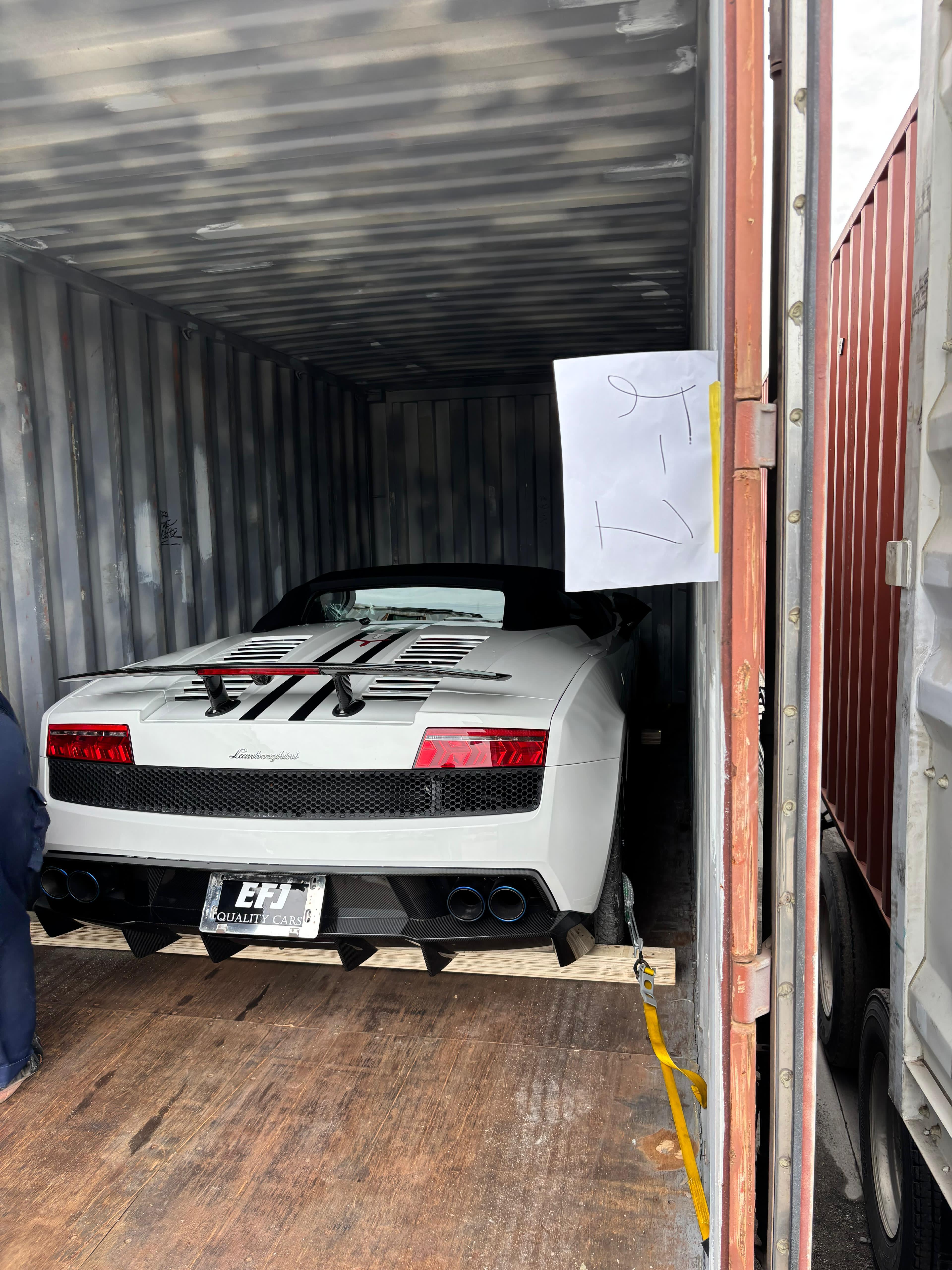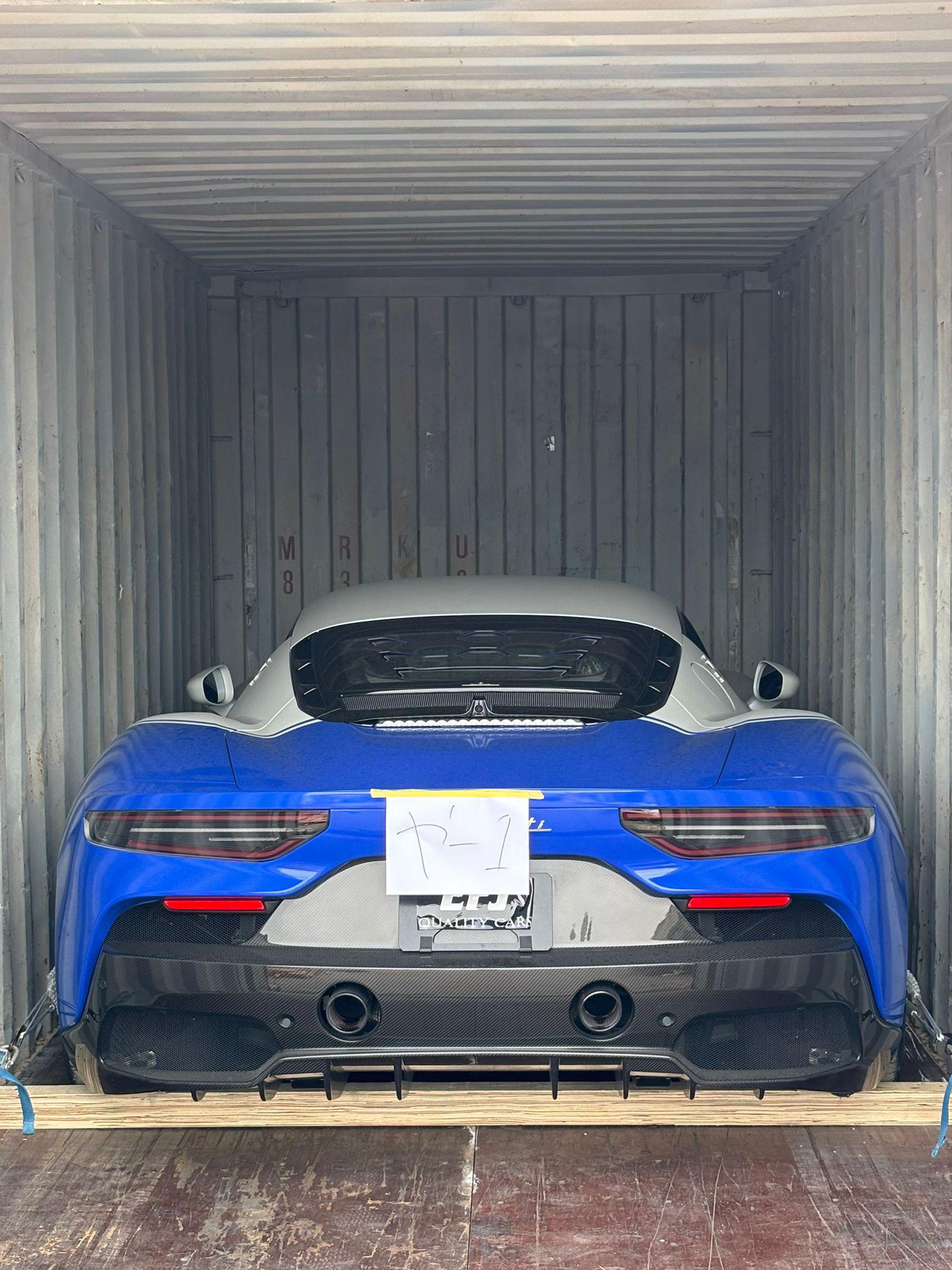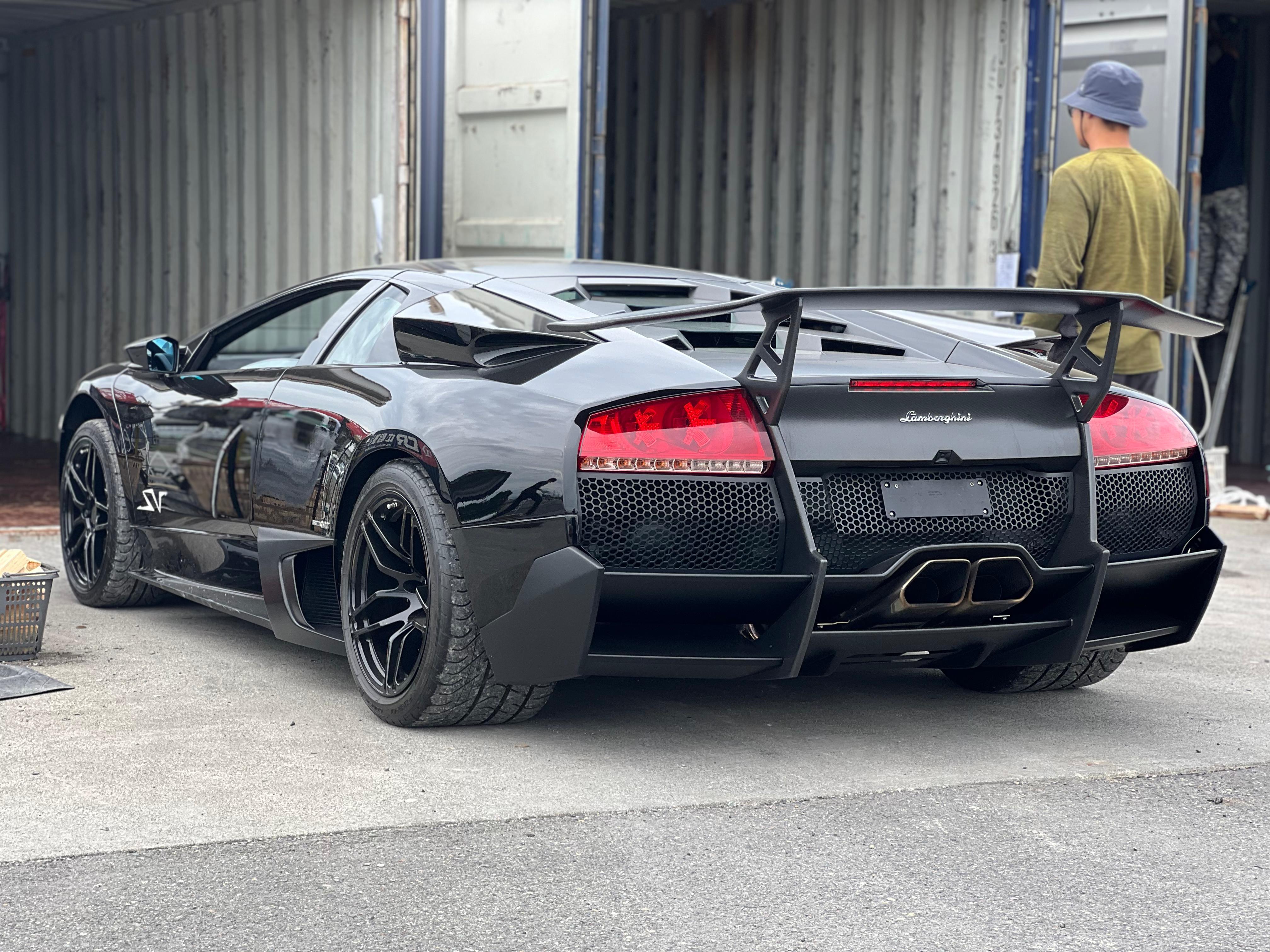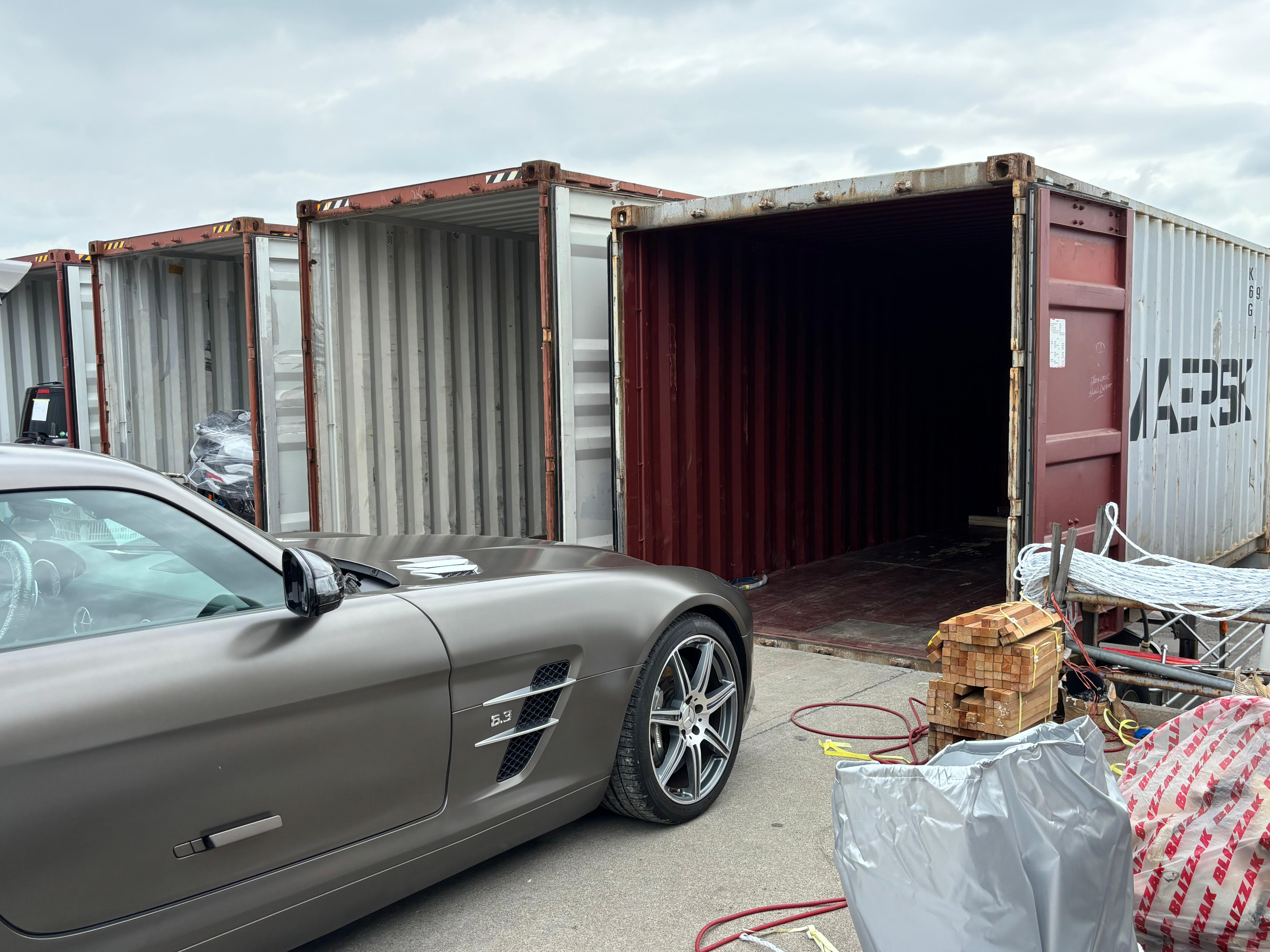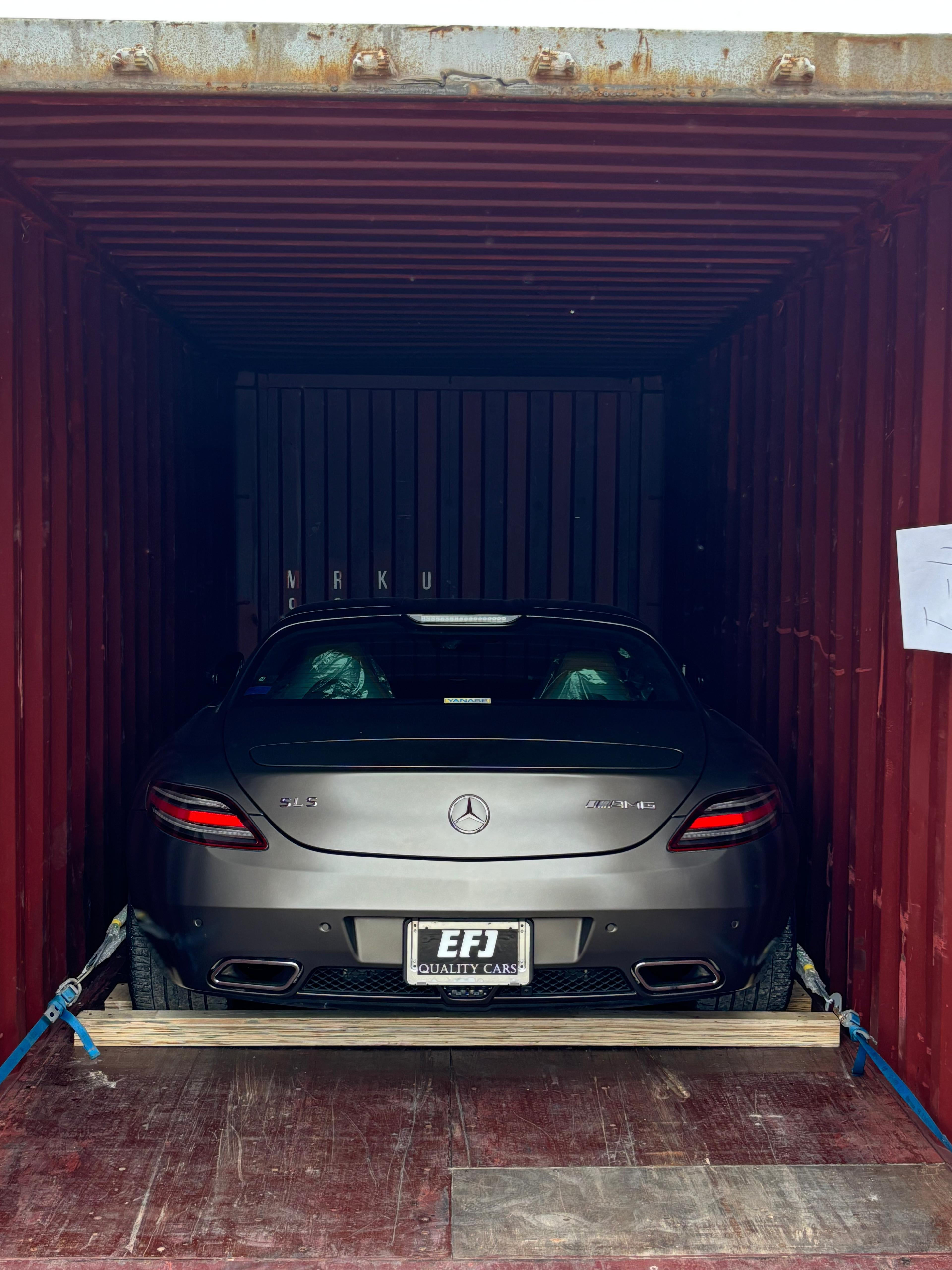Today, we’d like to walk you through how international vehicle shipping from Japan actually works.
What shipping methods are available? What should you pay attention to? And which option is better for exclusive, high-value vehicles? Let’s break it all down clearly — step by step.
✈️ Two Main Export Routes: Air & Sea
Japan is an island country, so vehicles can only be exported in two ways: by air or by sea.
- Air freight — fast but extremely expensive; used mostly for urgent or ultra-rare vehicles.
- Ocean freight — the most common and cost-effective option. This is what we’ll focus on.
⚓ Ocean Shipping Methods: Container vs. RORO
🚢 Container Shipping
There are two main types of shipping containers used for vehicle export:
- 20ft Container (~6 meters in length): fits 1 vehicle (standard sedan or coupe).
- 40ft Container (~12 meters in length): fits 2–3 vehicles, depending on size.
Advantages:
- You can include spare parts, wheels, tires, and other accessories inside the container.
- Accepts non-running or damaged vehicles — no engine start required.
- Container is sealed and locked in Japan, and only opened at the destination port.
- No one drives your vehicle — it’s manually fixed into place with straps and blocks.
This makes it ideal for classic, luxury, and collector cars.
🚗 RORO (Roll-on/Roll-off)
With RORO shipping, the car must be fully driveable — it’s driven on and off the vessel via ramps.
Limitations:
- Absolutely no personal or loose items are allowed inside the car — not even a spare wiper blade.
- Vehicles must be fully functional — no flat batteries, no missing wheels, no mechanical issues.
- The car is moved and driven by port personnel, not by you or your shipping agent.
📊 Container vs. RORO – Comparison Table
|
Feature |
Container Shipping |
RORO Shipping |
|
Enclosure |
Fully sealed & locked container |
Open deck loading |
|
Security |
Maximum — no one drives your car |
Driven by port staff |
|
Extra items (parts/tools) |
Allowed |
Not allowed |
|
Non-running vehicle |
Accepted |
Not accepted |
|
Speed |
Slightly slower |
Slightly faster |
|
Price |
Slightly higher |
Slightly cheaper |
|
Weather exposure |
Fully protected |
Partial exposure |
|
Multiple cars per shipment |
1 (20ft) or 2–3 (40ft) |
1 vehicle only |
